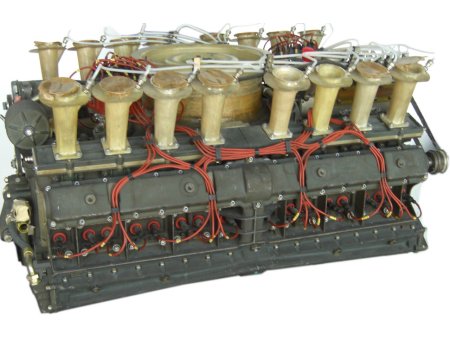 Sixteen cylinder Porsche Sixteen cylinder Porsche



You would probably not have expected an engine like this from Porsche. Admit it, you thought, at the most, two times six-cylinders, then you started counting and found yourself in trouble. Where could Porsche ever have installed an engine with sixteen cylinders?
No need for concern, they never did. All it came to were four prototypes. It happened like this: The twelve-cylinder was created, because the FIA had reduced the number of vehicles necessary for the homogolation of five-liter sports cars to 25 in 1969. Suddenly Porsche saw the possibility of breaking into the class of large sports cars and the chance of an overall win at the 24-hours of Le Mans.
The result of this risky action is well known, the Porsche 917 was born. It's engine - and this sounds simple - was put together from two six-cylinder boxer engines. As a special feature remained e.g. the crank mechanism changed according the manner of an V engine, the center-tapping of the two crankshafts, which were welded together, and the centrally mounted horizontal cooling fan.
The above shown engine was thus, either two similarly joined 908-engines or a 917 which was enlarged by having two additional cylinders on either side. Seen from the engine design probably the latter, from the injection system rather the former. There are probably a few improvements, such as the inclination of the intake ports. No matter how developed, it is meant for the American Can-Am series. There is no matter in Group 7, whether the car has a turbocharger or which cubic capacity.
However, the only finished prototype was never used, because in the meantime, the turbo-charged twelve-cylinder was producing enough performance. One has nevertheless won the series in 1972. The driver George Follmer will have pleased that his place before the steering wheel was not restricted unnecessarily by 4 more cylinders. 08/13
|